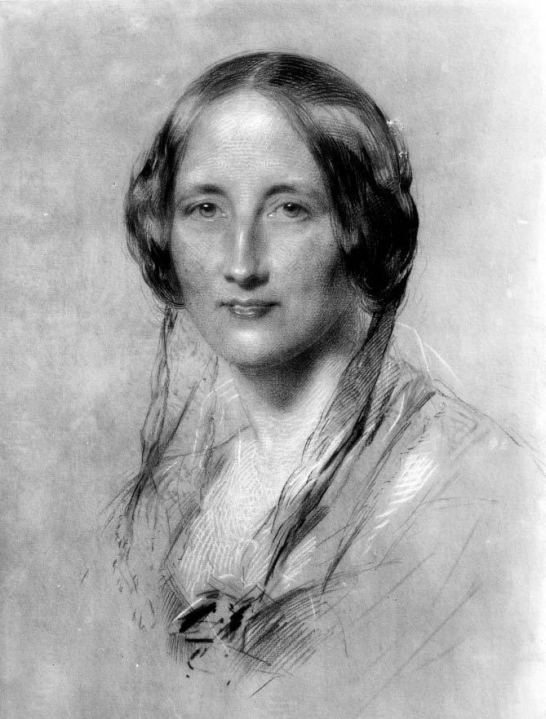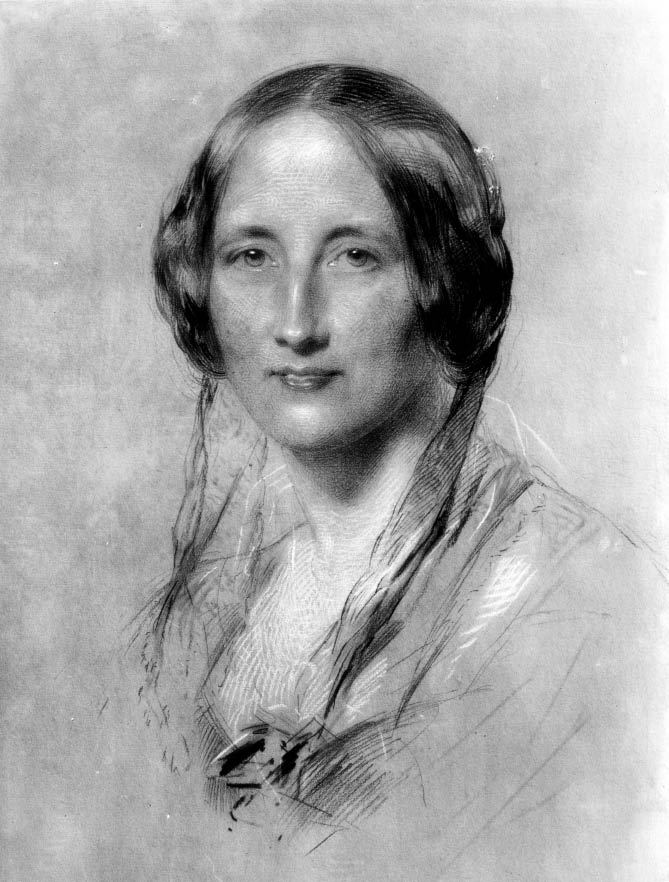On the southern edge of Manchester, a few miles from the airport, there is a commuter town where the Victorian novel remains very much alive. This year Knutsford celebrates the bicentenary of its most famous daughter, who immortalised this ‘dear little town’ in several of her finest stories. More than 150 years after it first appeared, in weekly instalments in Dickens’s Household Words, Cranford remains Mrs Gaskell’s most enduring creation. And in these streets you can still trace the outline of the world that she created.
Elizabeth Gaskell was born in 1810, in Chelsea, the daughter of a Unitarian minister. Her mother died when she was a few months old, and Elizabeth was packed off to an aunt in Knutsford. She grew up in a house where men were conspicuous by their absence, and this genteel matriarchy found a lasting voice in Cranford, the novel that she based on the prim spinsters who shaped her character. As she said, ‘The ladies of Cranford are quite sufficient. A man, as one of them once observed to me, is so in the way in the house.’
The town of Cranford revolves around these proud, independent women, whom Gaskell called her Amazons. Knutsford’s bicentenary reflects the feminine focus of her writing. If only she were here today, to describe the current scene. It feels like stepping into one of her novels. When I arrived, the town was in mourning for the leader of Knutsford’s modern Amazons, who died last week, the day after Gaskell’s birthday. For a quarter of a century, local teacher Joan Leach worked tirelessly to promote Gaskell’s lifelong love affair with Knutsford. This bicentenary was her finale. Too ill to attend the unveiling of the new Gaskell window in Westminster Abbey, Joan’s last outing was to Knutsford’s Unitarian Chapel, where Gaskell is buried, for a service to mark the 200th anniversary of the author’s birth.








Comments
Join the debate for just £1 a month
Be part of the conversation with other Spectator readers by getting your first three months for £3.
UNLOCK ACCESS Just £1 a monthAlready a subscriber? Log in